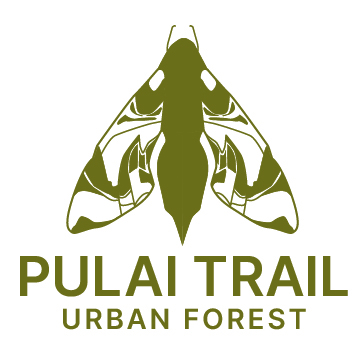Brief
Oncosperma horridum, also known as Bayas or Nibong Bukit.
Botanical Description
This tree has a very hard trunk, allowing it to thrive in saltwater areas and resist insect pests like termites. The Bayas tree is quite similar to other palm trees in that it often has a large trunk size of up to 30 m tall where it will always grow in clumps. The trunk and leaf stalks have thorns which are often seen as brown in color.
Historical / Cultural Significance
The Bayas tree is highly valued by villagers for its versatile uses. Its sturdy wood, often up to 30 ft long, is commonly used to build water pillars for kelong structures and durable jetties. The trunks are also used as flooring and walls in homes, as they can be cut into plank-like pieces.
Beyond its structural uses, the tree offers edible parts as well. Its fresh leaves are enjoyed raw or as a key ingredient in dishes like kerabu, prized for their sweet and crispy texture. The leaves are even more flavorful when cooked in chili oil, while the heartwood (umbut) serves as a savory delicacy.
Folklore and Cultural Significance
Onkos (Greek): protuberance / something that sticks out from a surface.
Sperma: seed, referring to the surfaces of its seeds.
Horridum (Latin): very prickly, referring to the presence of prickles on this species’ trunks.
